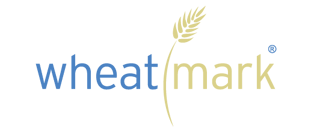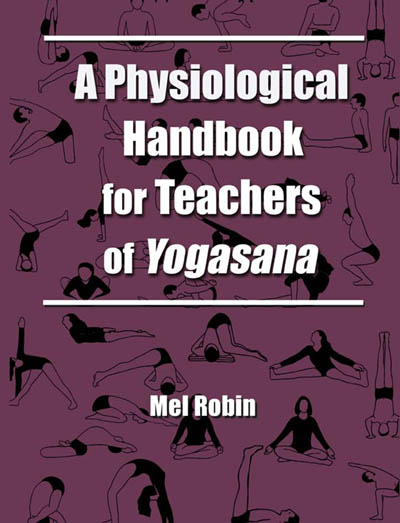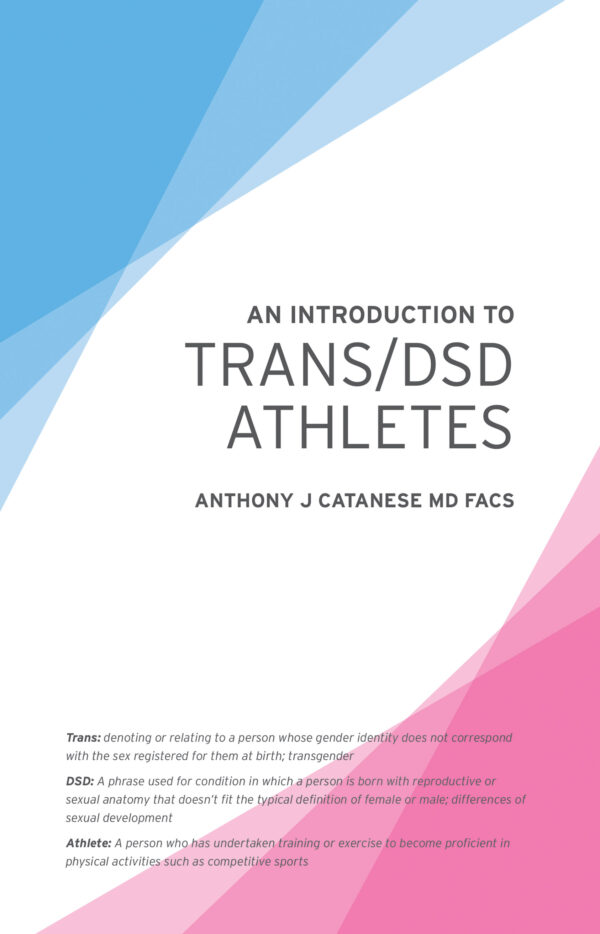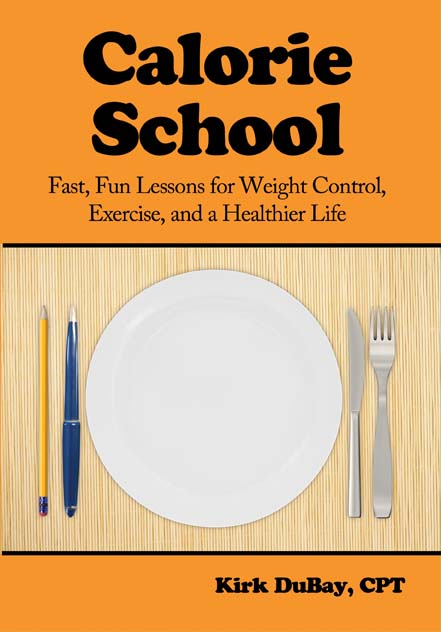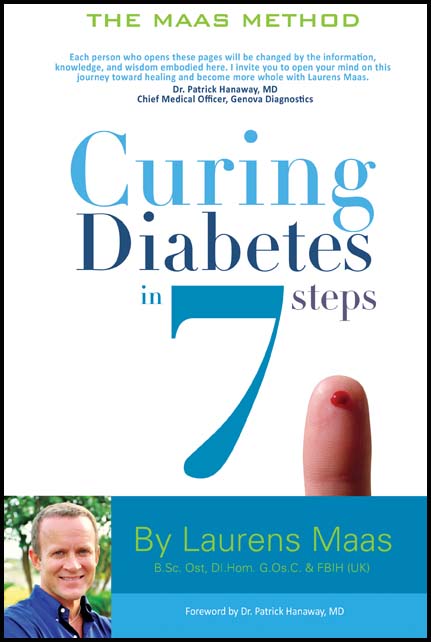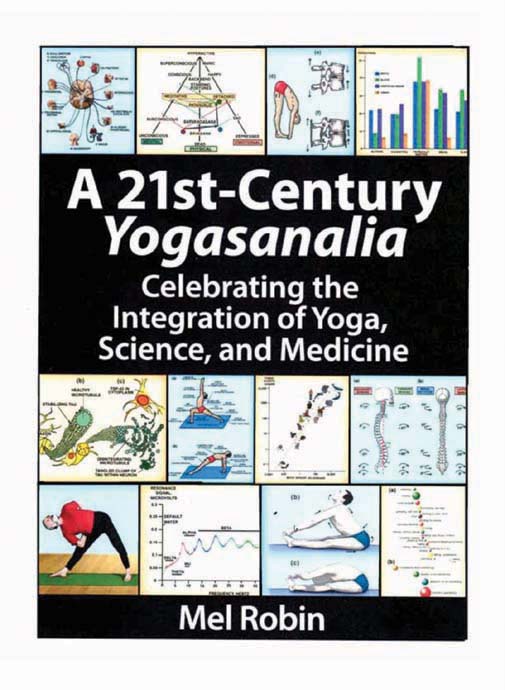Mel Robin
On graduating from the University of Washington in 1960 with a Ph. D. degree in chemical physics, Dr. Robin took a position at Bell Telephone Laboratories, Murray Hill, New Jersey, in the Molecular Spectroscopy research area. Though he published 4 books and over 100 technical papers during the next 28 years, in hindsight, the most fortunate event of that exciting time was having wandered into Judy Freedman’s noontime yoga class at the Labs, which proved to be a turning point in his life. On retiring in 1988, he spent time between studying and teaching yoga, and working as Director of Student Research at Science High School in Newark, New Jersey. During the 8 years spent at Science High, he was the recipient of the Science Mentor of the Year award from President W. J. Clinton, the first such award ever given to a high-school teacher.
Enchanted with the idea of writing a book exploring the possible connections between yoga and science, he retired from high-school science, and entered into the full-time practice and teaching of Iyengar Yoga, interspersed with more and more research into how yoga and medicine might be related. This Handbook is the culmination of that effort. Nothing could make him happier than to think that there might be something in this Handbook that would advance some teacher’s interest in and understanding of the subject.
